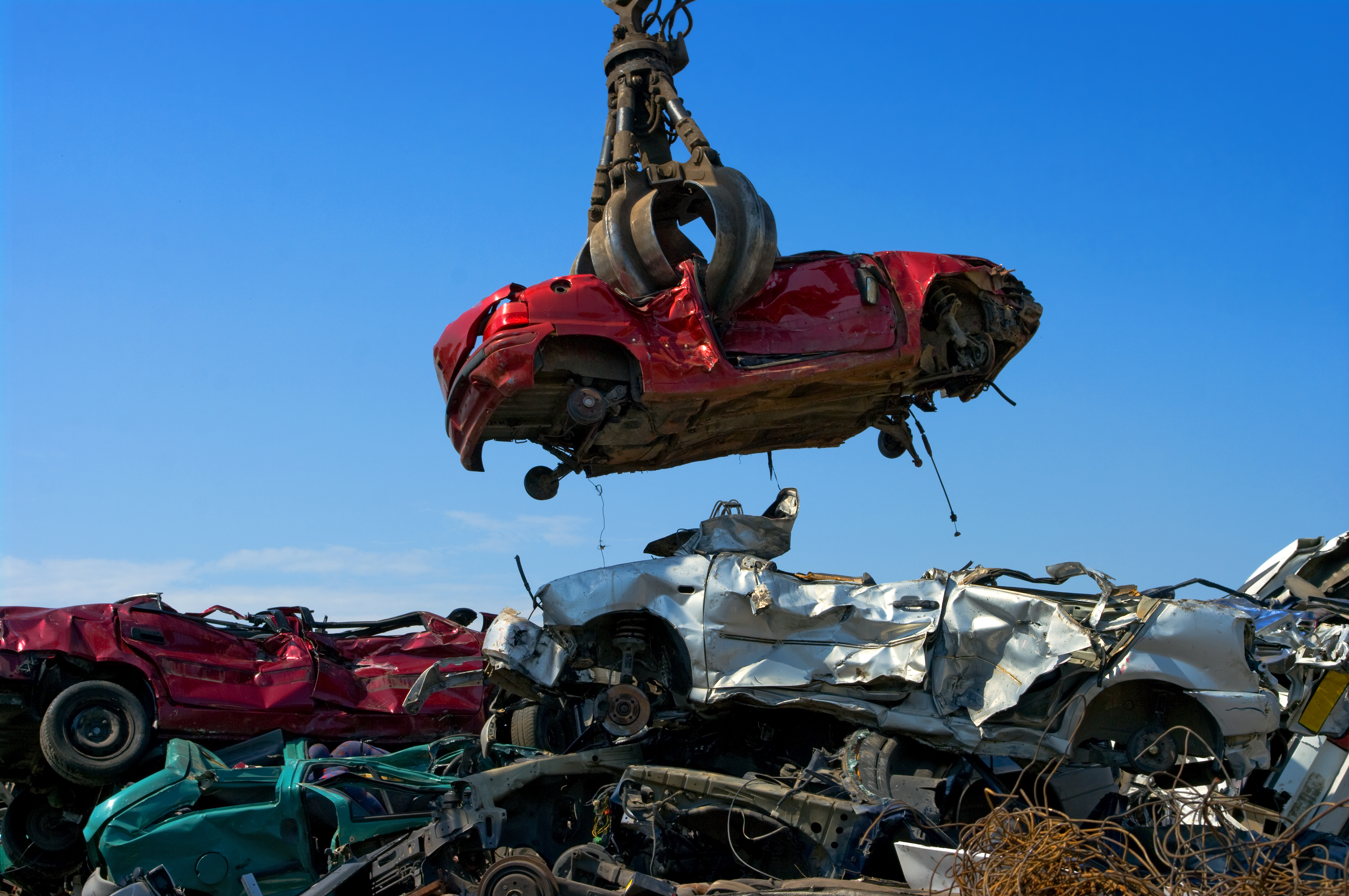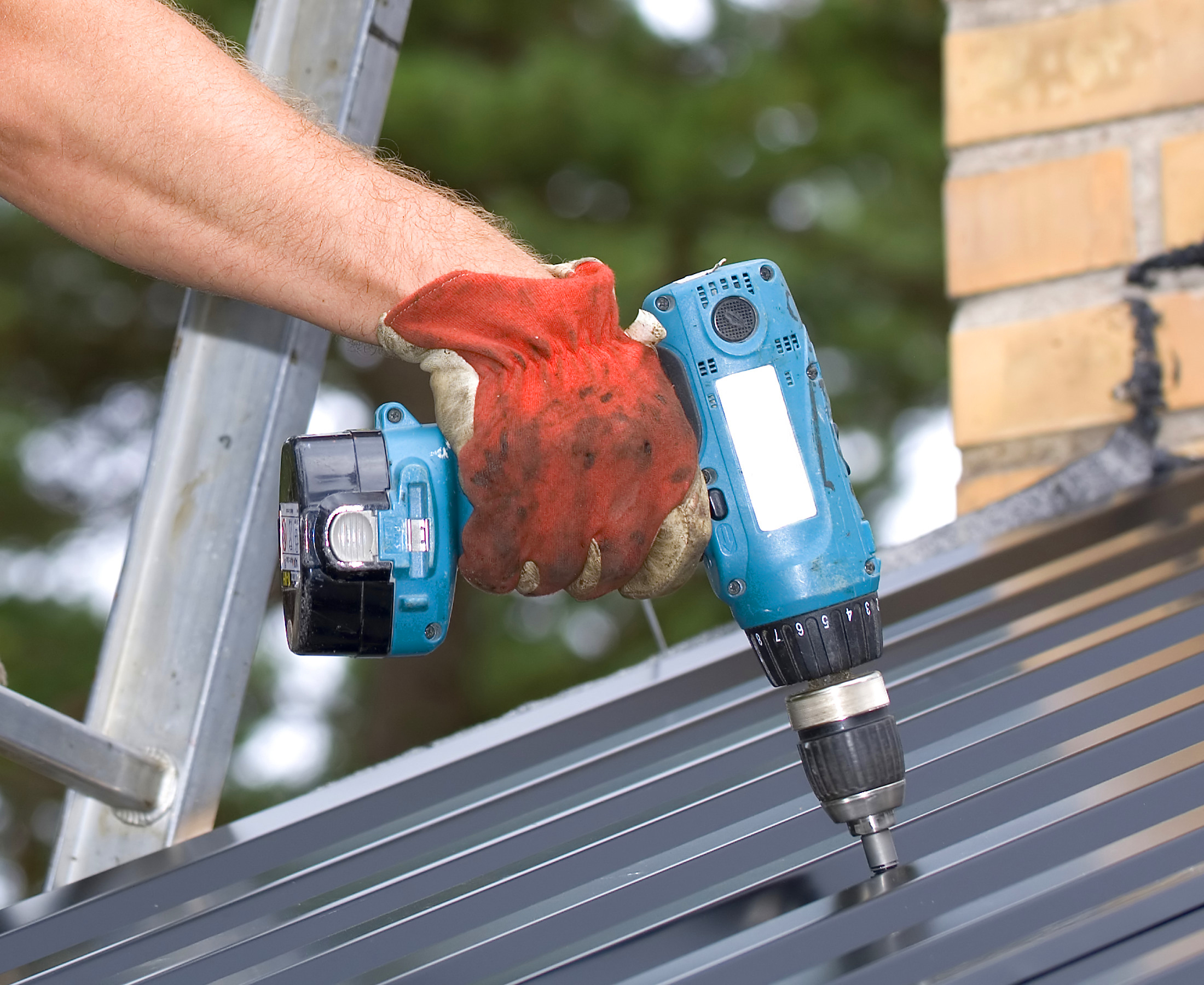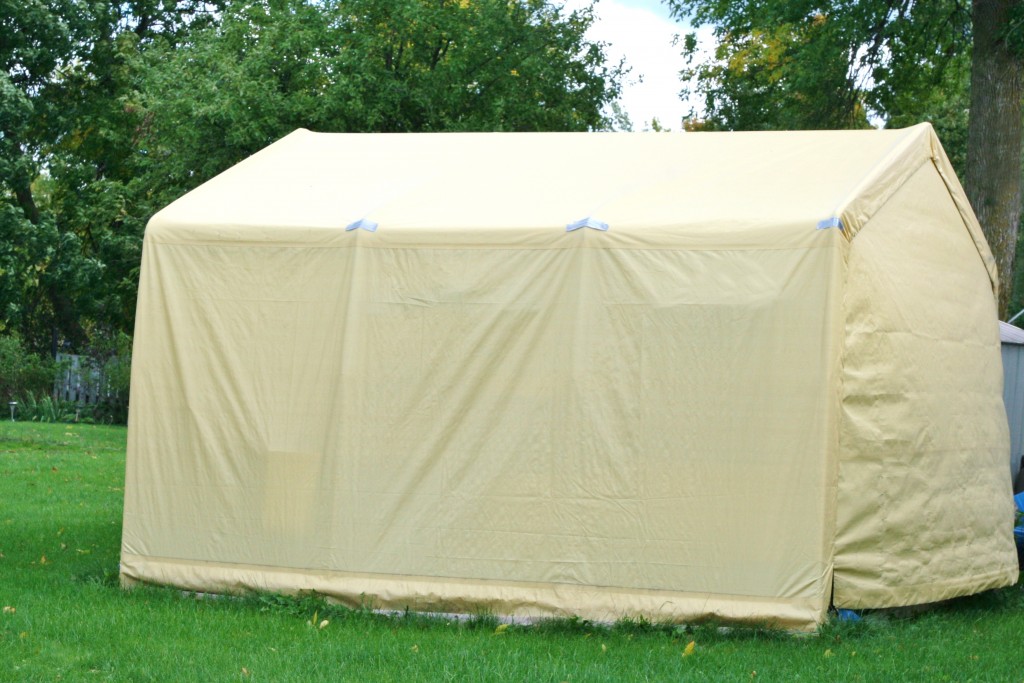Batteries and waste oil are only some examples of dangerous waste. According to the US Department of Energy, a litter of waste oil can already pollute millions of litres of water. People should be responsible enough to give time and effort in recycling and generate minimal waste as much as possible.
One of the things that could be recycled is a vehicle. Vehicles can be scrapped, but they have highly toxic components such as batteries, coolants, AC gasses, and brake fluids. Some of them also still contain waste oil which is also classified as a dangerous contaminant. But how are they recycled?
Tyres, windshield glasses, batteries, wheels, and almost all parts can still be recycled. For example, the windshield glass is often sold to companies that sell tiles, glass beads, porcelain, and even jewellery.
These are the normal steps that to recycle a vehicle:
1. The vehicle is inspected thoroughly
When you are still hopeful in repairing your old vehicle, it goes through an inspection. If the parts are already non-repairable, then the next step will be passing for recycling.
2. The vehicle is dismantled
Dismantling the car also means that all fluids will be drained from it because there is a different process for the reusing of waste oil, and others. After dismantling, the parts will be inspected again and see if other parts of it can still be sold as is or if the part needs to be processed and recycled before selling.
3. The car body is left
Since other parts have been recycled or sold as is, the car body is the only thing remaining. The metal and steel can still be used, so these parts are included to for recycling.
After all of them have been removed, the vehicle scraps are crushed into a very small metal ball or box. They will be stacked together to minimise the space that it will take.
Recycling a car is easy, but the sad truth is, a lot of people still do not know how much they can help to save the environment. You should do all you can to inform others about recycling and reducing waste to minimise pollution, water contamination, and waste.




